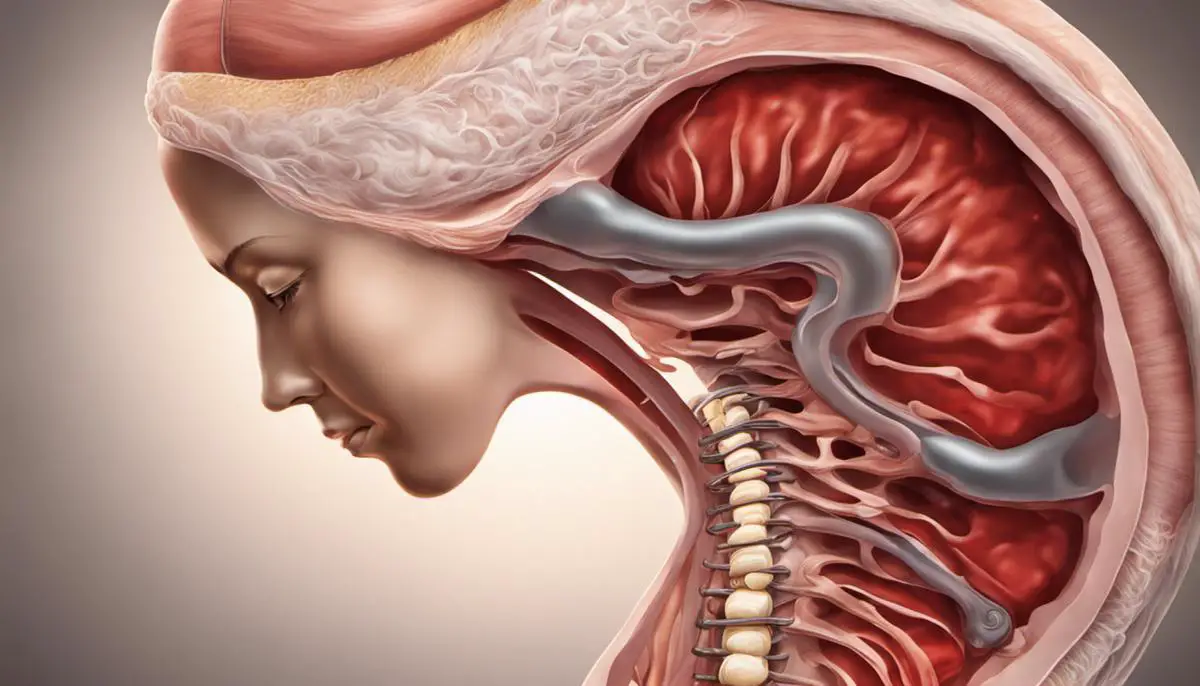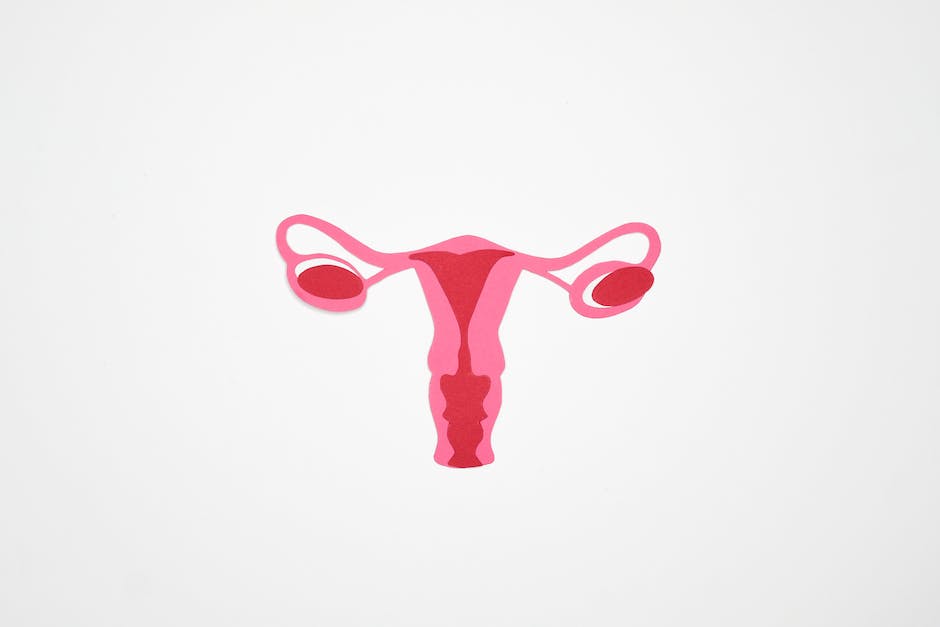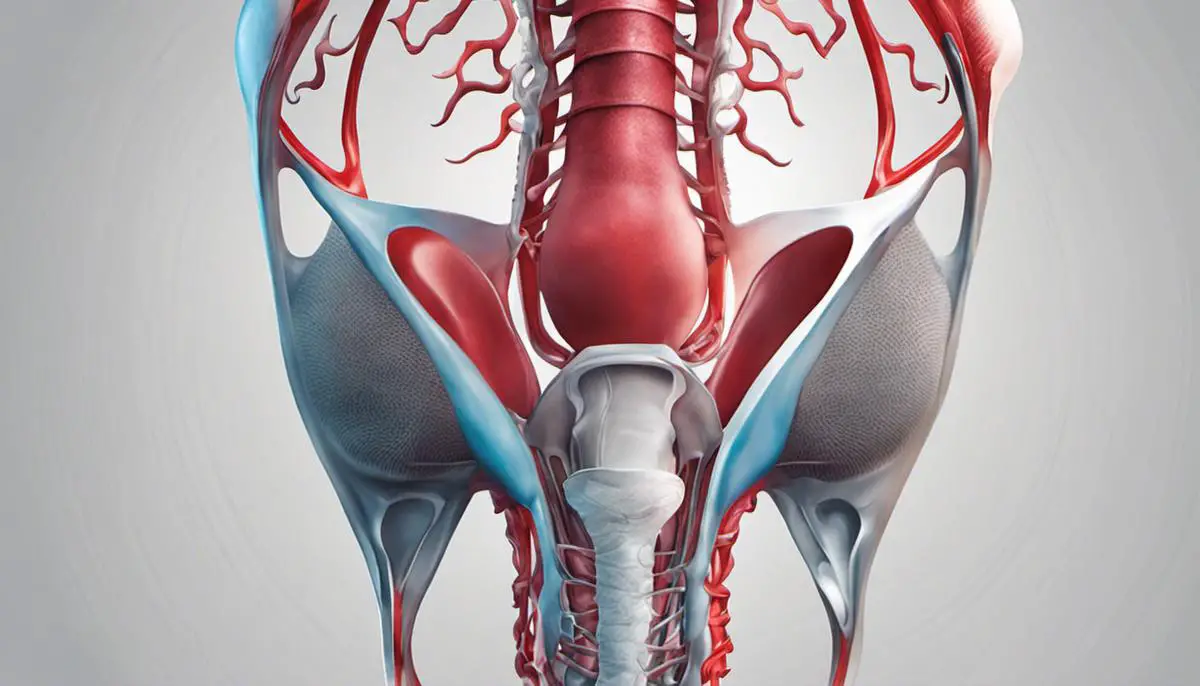The body of a woman is a miraculously complex system, particularly when it comes to the reproductive process. One aspect of female anatomy that often goes overlooked is the position of the uterus, specifically if it is tilted. With a condition that approximately 20-30% of women have, a tilted uterus can raise many valid questions, especially when it comes to pregnancy. This discourse is crafted to shed light on the nature of a tilted uterus, its potential influences on pregnancy, management techniques during gestation, and the effects it could have on labor and delivery. An understanding of these topics, backed by credible science, will allow you to comprehend better the intricacies of navigating a fruitful pregnancy even with a tilted uterus.
Understanding a Tilted Uterus
Understanding a Tilted Uterus
A tilted uterus, also known as a retroverted or tipped uterus, refers to a uterus that tilts back towards the spine instead of forward. This condition is quite common, affecting approximately 20-30% of women. It’s important to note that having a tilted uterus is typically considered a normal anatomical variation, just like having green eyes instead of blue.
Causes and Symptoms of a Tilted Uterus
The causes of a tilted uterus vary. The condition can be genetic and is often present from birth. Alternatively, it can be the result of physical changes or conditions such as endometriosis, pelvic inflammatory disease, or fibroids that may cause the uterus to shift. Typically, a tilted uterus does not cause any symptoms. In some cases, however, women may experience physical discomfort or pain during sexual intercourse.
Diagnosis of a Tilted Uterus
The diagnosis for a tilted uterus is usually made during a routine pelvic exam. An ob-gyn can often determine the position of the uterus by its feel. If the position can’t be determined by touch alone, further testing using an ultrasound or pelvic MRI may be required for confirmation.
Pregnancy with a Tilted Uterus: What to Expect
It is entirely possible for women with a tilted uterus to conceive naturally and have a healthy pregnancy and delivery. However, there are some aspects to be aware of when pregnant with a tilted uterus. Early on in pregnancy, you may experience back pain or urinary issues such as frequency or retention. These symptoms usually resolve as the uterus grows larger and moves into a more upward position, generally by the 10th to 12th week of pregnancy.
Possible implications during Pregnancy
While most aspects of pregnancy are not influenced by a tilted uterus, it might be slightly harder for health professionals to find the heartbeat or perform an ultrasound early on in the pregnancy due to the uterus’s positioning. In rare instances, a tilted uterus can lead to a condition called incarceration, where the growing uterus becomes trapped in the pelvis, but this is very uncommon and can be managed with the support of medical professionals.
Birth and Delivery with a Tilted Uterus
One of the striking things about childbirth is that the presence of a tilted uterus typically doesn’t have a significant impact on the process. As your pregnancy progresses, your uterus naturally shifts into a more forward-leaning position. If it remains tilted backward, this could potentially influence the progression of labor, although this is an infrequent occurrence. It’s reassuring to know that OB/GYN professionals are adept at managing deliveries for those with retroverted uteruses. They uphold safety standards for both mother and baby, making sure that a tilted uterus doesn’t pose a hinderance to a vaginal birth, and there isn’t an increased likelihood of a cesarean section in women with a tilted uterus.

Implications of a Tilted Uterus on Pregnancy
Understanding a Tilted Uterus
A tilted uterus, or as it is sometimes referred to, a tipped, retroverted or retroflexed uterus, is a condition where the uterus leans towards the back of the woman’s body rather than the front. It’s a common uterine position variation that is seen in about 20% to 30% of women. It’s important to understand that this is typically a natural anatomical variation. It can be present from birth or it can also develop over time due to certain factors including childbirth, menopause, or even pelvic surgery.
Implications of a Tilted Uterus on Conception
A tilted uterus does not typically impact a woman’s ability to conceive. Most research, including studies published in the journal Human Fertility, suggests that a tilted uterus does not affect conception rates. In many cases, the position of the uterus does not interfere with the passage of sperm into the uterus and beyond.
Impacts on Fetal Development and Growth
Despite the unusual position, a tilted uterus doesn’t generally affect the development or growth of the fetus. The uterus becomes more flexible during pregnancy and tends to move towards a more ‘typical’ orientation as it expands with the growing fetus. By the second trimester, most tilted uteruses are in the upright position due to the size of the growing baby.
Pregnancy Symptoms with a Tilted Uterus
While it has not been proven scientifically, some women with a tilted uterus might experience certain unique symptoms during pregnancy. This can include back pain during early pregnancy and increased frequency of urinary tract infections.
First Trimester: What to Expect
During the first trimester, a retroverted uterus can sometimes contribute to ‘incarceration’. This is a rare condition where the growing uterus becomes trapped in the pelvis instead of rising into the abdomen. It can cause discomfort, painful urination, or kidney problems.
Second Trimester: What to Expect
As mentioned above, by the second trimester, the uterus usually assumes a more ‘normal’ position as the baby grows. The majority of complications associated with a tilted uterus occur in the first trimester and are typically resolved by the second trimester. However, on very rare occasions, a tilted uterus may cause a late miscarriage or preterm birth.
Third Trimester: What to Expect
In the third trimester, a tilted uterus is unlikely to pose any significant challenge. However, it can make it harder for healthcare providers to use external methods, such as a handheld doppler or ultrasound, to monitor the baby’s heartbeat or perform certain examinations.
Potential Challenges During Labor and Delivery
While a tilted uterus might not directly influence labor and delivery, it could potentially make it a bit more difficult for the fetus to move into the ideal position for birth. This could potentially result in a longer labor or increase the need for interventions, such as the use of forceps or vacuum, or even a C-section. It should be noted, however, that these circumstances are quite rare and most women with a tilted uterus have normal vaginal deliveries.
When it comes to matters of pregnancy, it is always advisable to seek expert medical counsel. Regardless of any worries or concerns you may have, your healthcare provider should always be your first point of call.

Managing Pregnancy with a Tilted Uterus
Comprehending the Concept of a Tilted Uterus
In 20-30% of women, a condition known as a tilted or tipped uterus is observed. This is an entirely normal anatomical variation in which the uterus leans backward towards the spine rather than forwarding. It’s important to note this condition does not commonly present problems with conception or pregnancy.
Initial Consultation With Healthcare Provider
During the first prenatal visit, it’s important that expecting mothers with a tilted uterus inform their healthcare provider about their condition. The healthcare provider will take this into account while performing a pelvic examination. They may conduct an ultrasound to get a better understanding of the angle and position of the uterus.
Potential Lifestyle Changes
While a tilted uterus does not call for considerable lifestyle changes, maintaining a healthy lifestyle benefits overall pregnancy experience. The mother should consider a balanced diet, refrain from smoking and alcohol, and get adequate sleep. Additionally, regular exercise can help improve posture and keep the body strong and flexible, which can ease discomforts related to a tilted uterus.
Specific Exercises
Specific exercises can help to shift the uterus into a more upright position over time. Pelvic tilt exercises can improve posture, alleviate back pain, and even aid in repositioning a tilted uterus. They are typically safe to perform during pregnancy but it’s important to discuss this with a healthcare provider before starting any exercise regimen.
Prenatal Care Tips
Regular prenatal care is essential for every expecting mother, those with a tilted uterus included. Attend all the scheduled prenatal visits and follow the healthcare provider’s instruction. Regular ultrasounds may be required to keep track of the baby’s growth and development and to ensure the uterus starts to move into an upright position, which it typically does at about 10-12 weeks of pregnancy.
Possible Complications
Although generally a tilted uterus does not increase the risk for complications during pregnancy, in rare cases, it can lead to difficulties such as painful intercourse, back pain during pregnancy, and urinary tract infections. More uncommonly, it may also contribute to issues during delivery, such as a prolonged labor due to the baby not being in an optimal position for birth.
Tilted Uterus and Miscarriage
There is no direct link between a tilted uterus and miscarriage. Studies have found that women with a tipped uterus have no higher risk for miscarriage or preterm labor than women with a typically positioned uterus.
Conclusion
In summary, even though the presence of a tilted uterus may initially appear to be out of the ordinary, it generally doesn’t bring about any impediments during pregnancy. The cornerstones to managing pregnancy with a tilted uterus revolve around routine prenatal care, clear and open dialogue with your healthcare provider, as well as sustaining a lifestyle with balanced health fundamentals.

Tilted Uterus and Labor/Delivery
Remember the Basics: Tilted Uterus and Pregnancy
Also known as a tipped or retroverted uterus, a tilted uterus represents a typical biological variance that’s often identified during a pelvic examination. Estimates suggest that 20% to 30% of women are likely to have a tilted uterus, which positions itself towards the back of the body, rather than the front. Various influences can lead to a woman having a tilted uterus – these could range from genetic factors to menopause, past pregnancies, as well as health conditions such as endometriosis or fibroids.
Tilted Uterus and Baby’s Position
Despite the position of the uterus, many healthcare professionals agree that a tipped uterus rarely affects the baby’s position in utero. A baby has ample time and space to move around regardless of the uterine orientation. In the majority of cases, a baby will move into the correct position for birth, known as the vertex or cephalic presentation, by the 36th week of pregnancy. As the baby grows larger and the uterus expands, the tilt of the uterus tends to diminish, generally rectifying itself by around weeks 10 to 12 of pregnancy.
Tilted Uterus and Labor/Delivery
While non-pregnant women with a tilted uterus may experience discomfort during sexual activity or have more pronounced menstrual cramps, many studies suggest that a tilted uterus has minimal, if any, effect on the actual process of labor and delivery. Pregnant women with a tilted uterus do not have a higher risk of miscarriage, preterm birth, or cesarean delivery compared to women with a normally positioned uterus.
Additionally, a tilted uterus does not increase the severity of labor pains or the likelihood of a challenging delivery. During childbirth, the uterus and the baby work together to achieve the best possible position for birth, regardless of the initial position of the uterus.
Potential Complications
However, in some rare cases, a tilted uterus can cause issues such as ‘incarceration of the uterus,’ where the growing uterus becomes wedged in the pelvis. This is extremely uncommon, occurring in only 1 in 3,000 pregnancies, and is typically identified and treated in the second trimester. Symptoms can include painful urination, urinary frequency, and lower back pain. In such cases, a medical professional may try to manually reposition the uterus or at times, a cesarean section might be necessary.
It’s important to remember that each woman’s body is unique, and pregnancy experiences vary greatly. Regular check-ups and open, honest communication with healthcare professionals are crucial for a healthy pregnancy and delivery. If you have a tilted uterus and are worried about how it may affect your pregnancy or delivery, it’s always best to consult with your doctor or midwife to quell any fears or doubts.

Together with your dedicated health care provider and the mastery of right information, it is possible to navigate a fruitful pregnancy with a tilted uterus. Knowledge and understanding are the most powerful tools a woman can possess during this significant journey. Having a tilted uterus may seem intimidating, with questions surrounding its effects on conception, pregnancy development, and labor. Still, it’s essential to remember that every woman’s experience is unique. It might require some extra monitoring or present some additional challenges, but with proper care, the path to motherhood should be as exciting and joyous as any other. Ultimately, it is empowering to know there are strategies available to manage their pregnancy and effectively prepare for labor and delivery, stripping away any uncertainties.
